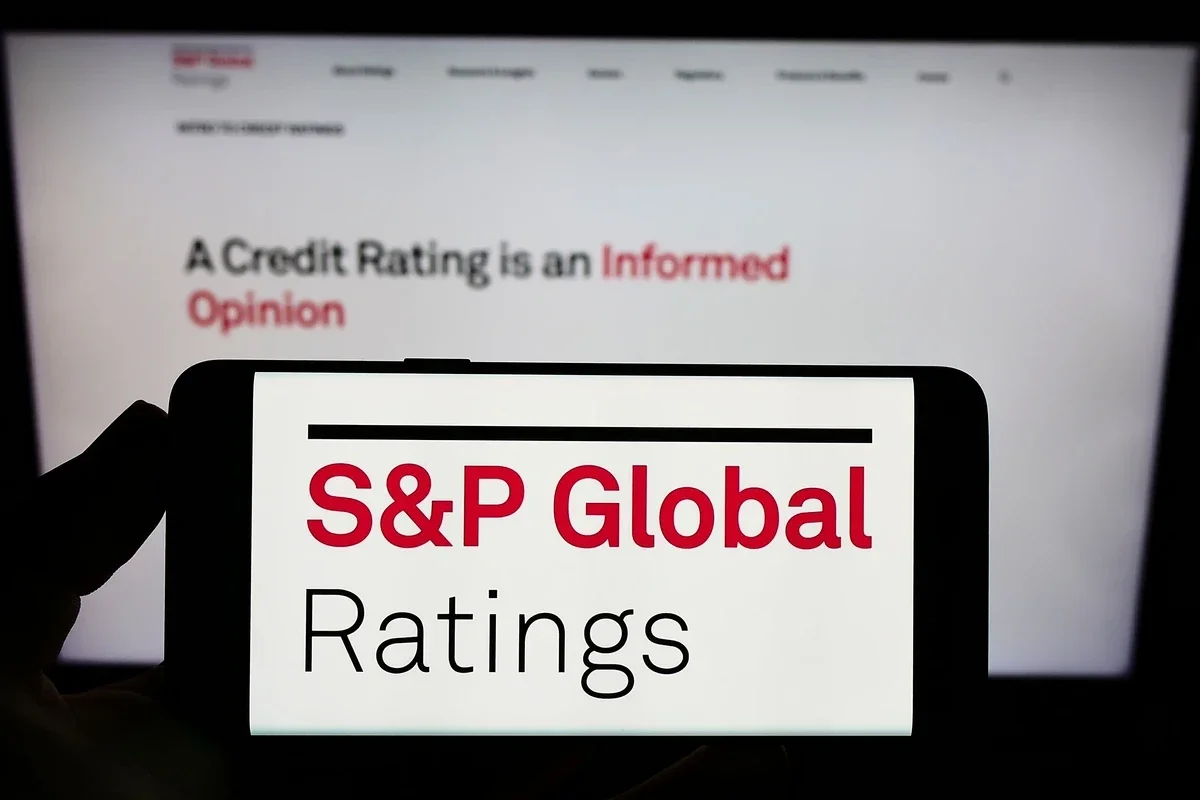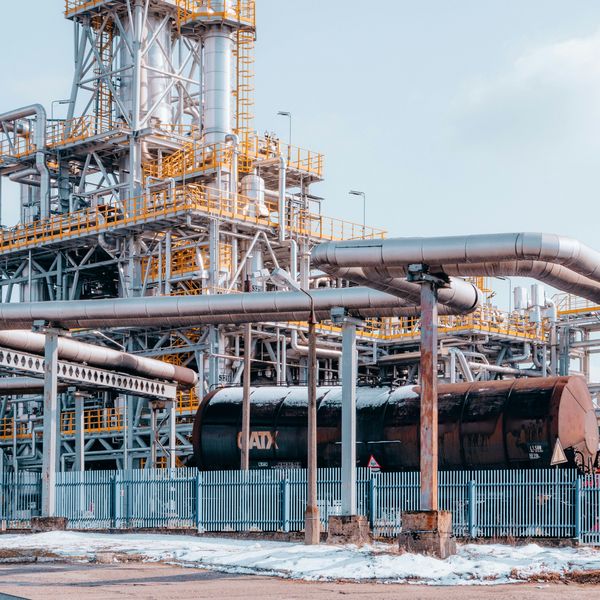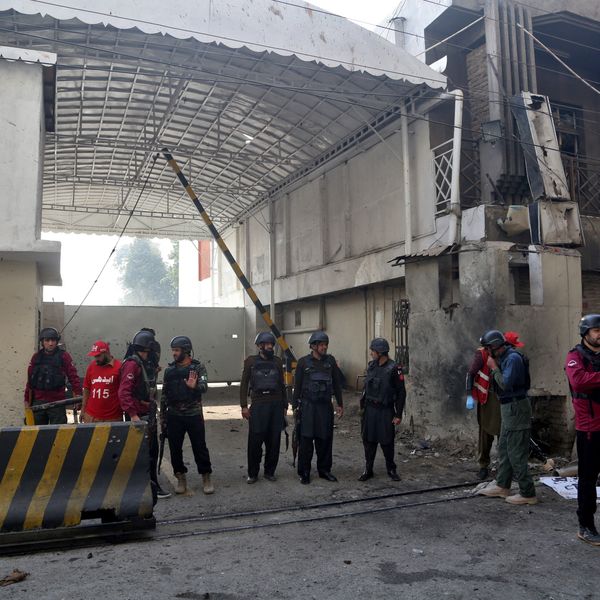S&P upgrades Pakistan’s credit rating after 3-year gap
Pakistan returns to B- with stable outlook for first time since February 2019; last held B- with negative outlook in July 2022

Haris Zamir
Business Editor
Experience of almost 33 years where started the journey of financial journalism from Business Recorder in 1992. From 2006 onwards attached with Television Media worked at Sun Tv, Dawn Tv, Geo Tv and Dunya Tv. During the period also worked as a stringer for Bloomberg for seven years and Dow Jones for five years. Also wrote articles for several highly acclaimed periodicals like the Newsline, Pakistan Gulf Economist and Money Matters (The News publications)

Shutterstock
Pakistan’s sovereign credit rating was upgraded by S&P Global Ratings on Wednesday, reflecting recent improvements in foreign exchange reserves, reduced inflation, and progress under the International Monetary Fund (IMF) program.
S&P upgrades Pakistan rating by one notch to B- with stable outlook from CCC+ after the gap of 3 years, citing better financial conditions.
Last time Pakistan had B- Rating in Jul 2022 with negative outlook. However, to note, B- rating with stable outlook was last seen in Feb 2019.
The agency said its decision was based on “recent improvements to Pakistan’s balance-of-payments position” and “reforms under the IMF program,” which have supported foreign exchange reserves and narrowed fiscal deficits.
“We therefore raised our sovereign credit ratings on Pakistan to 'B-' from 'CCC+’,” S&P said in the statement. “The stable outlook reflects our expectation that external support to Pakistan from key multilateral and bilateral partners, alongside the strengthening of its fiscal position, will persist over the next 12 months to meet its considerable debt obligations.”
Pakistan’s foreign reserves, once at a multi-year low of $6.7 billion in late 2022, have risen to $20.5 billion as of July 4, 2025 — enough to cover its external debt servicing needs of $13.4 billion for fiscal 2026.
S&P credited the IMF’s $7 billion Extended Fund Facility (EFF) approved in September 2024, along with continued support from countries like China, Saudi Arabia, and the United Arab Emirates, for helping to replenish reserves and ease near-term default risks.
The report also noted that fiscal consolidation was gaining momentum. “The IMF program-related reforms have significantly increased the government's tax revenues by as much as 3% of GDP in the last 12 months,” S&P said.
Despite improvements, the rating agency warned that Pakistan’s debt servicing costs remain among the highest globally, consuming more than 40% of government revenue.
S&P emphasized that sustained progress depends on continued political stability.
“We believe a stable political environment in Pakistan is an important precondition to further improvements in the government’s creditworthiness,” the agency stated, acknowledging ongoing political volatility and the challenges of implementing austerity measures.
Pakistan’s GDP grew 2.7% in fiscal 2025 and is projected to rise to 3.6% in 2026. Inflation dropped sharply to 4.5% in 2025, from 23.4% the previous year, allowing the central bank to lower interest rates and ease borrowing pressures.
While external vulnerabilities remain high, S&P said the government’s commitment to fiscal reforms, monetary tightening, and donor support have materially improved Pakistan’s economic footing — for now.










Comments
See what people are discussing